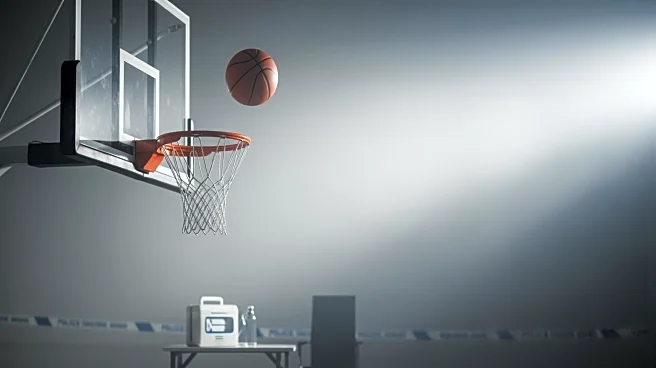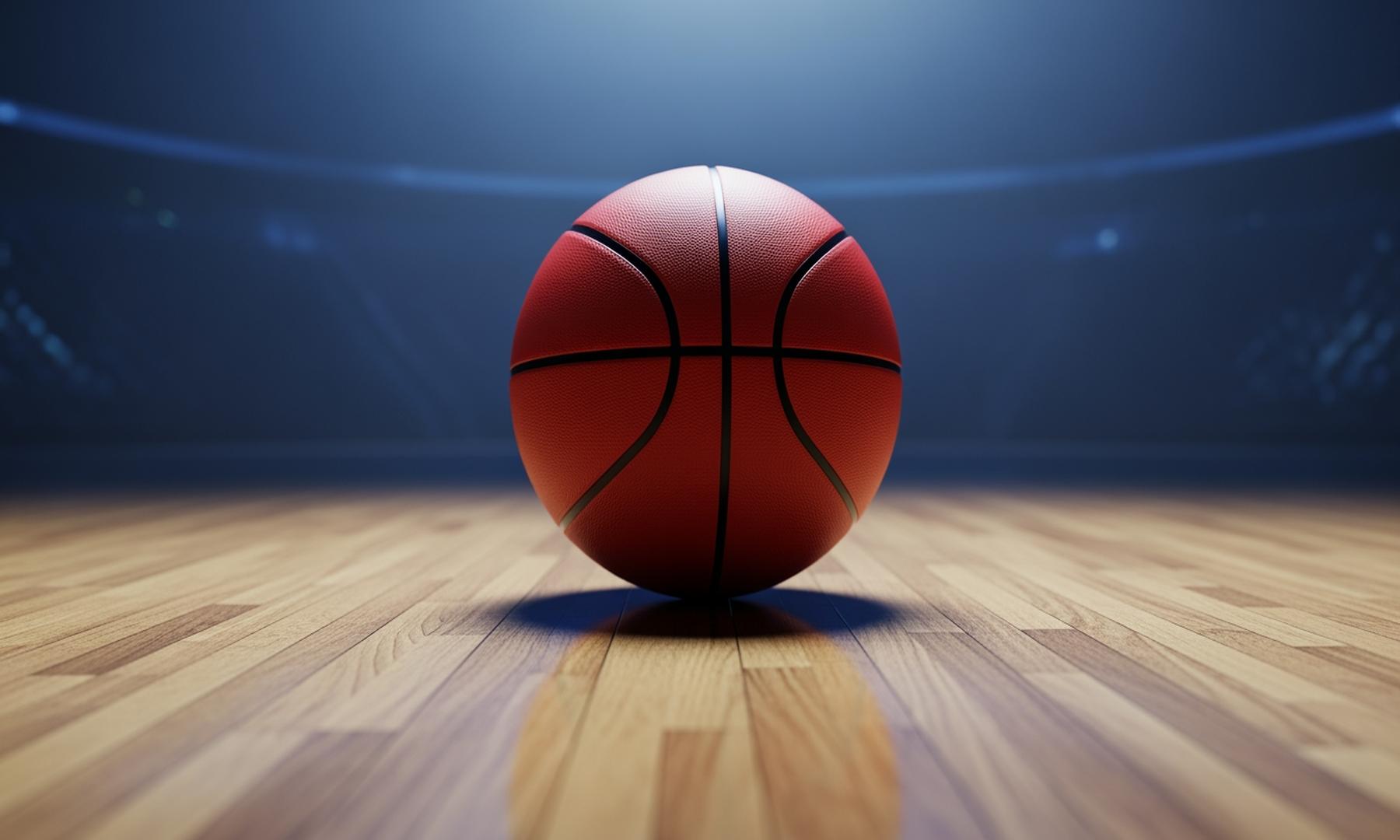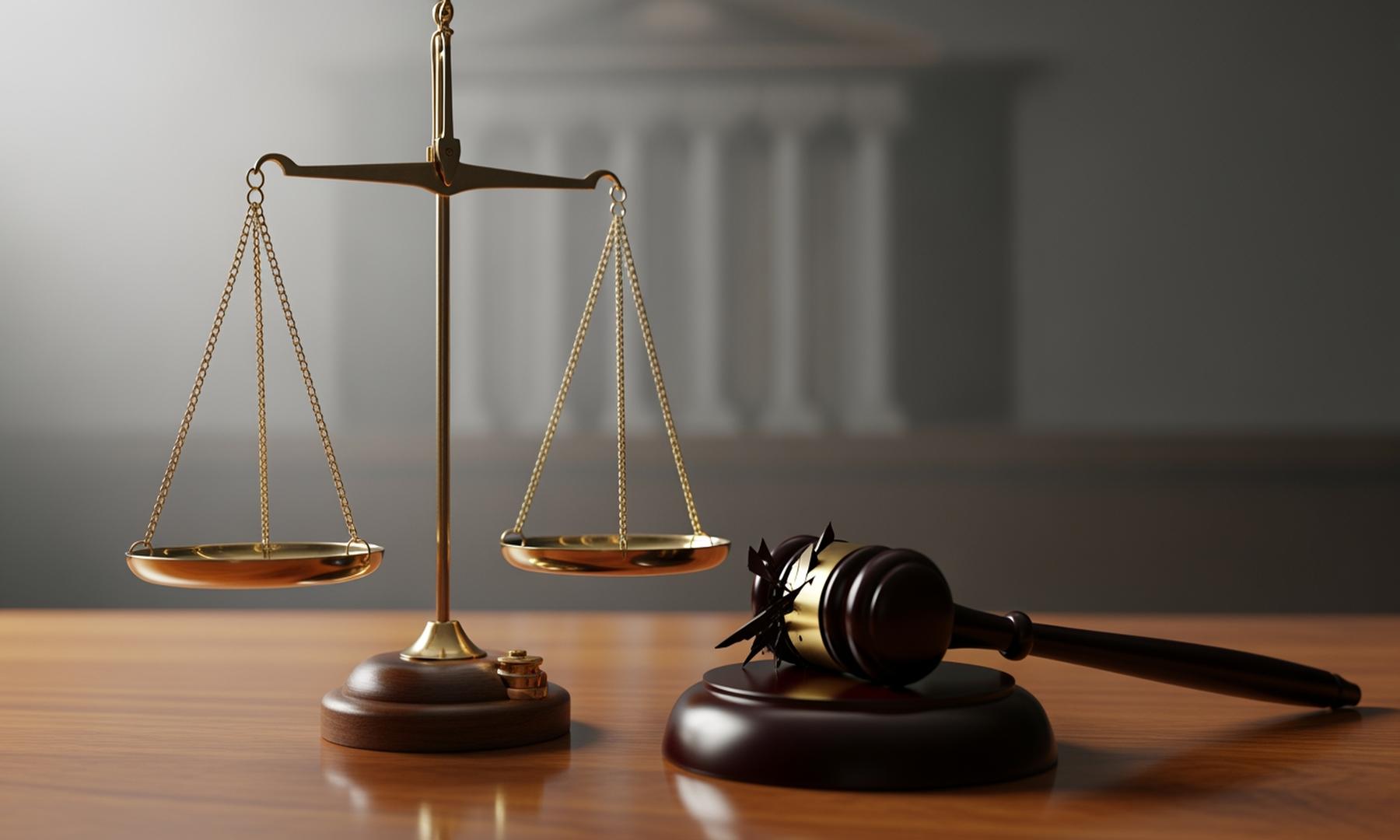What's Happening?
Indiana Pacers point guard Tyrese Haliburton, who is recovering from a torn Achilles, revealed that he was drug tested by the NBA after posting a video of himself dunking. Haliburton suffered the injury
during Game 7 of the NBA Finals against the Oklahoma City Thunder and was ruled out for the entire 2025-26 season. Despite this, his recovery has been notable, as evidenced by the dunk video captioned 'Week 17.' The Pacers have struggled in his absence, starting the season with a 1-6 record, including a recent loss to the Milwaukee Bucks. Haliburton's situation is similar to other NBA stars like Jayson Tatum and Damian Lillard, who are also recovering from torn Achilles injuries.
Why It's Important?
Haliburton's drug test highlights the NBA's vigilance in monitoring player recovery and performance. His rapid progress is significant for the Pacers, who are struggling without their star player. The team's poor start underscores the impact of Haliburton's absence on their performance. Additionally, the situation draws attention to the broader issue of injury recovery in professional sports, where players like Haliburton, Tatum, and Lillard are pushing boundaries in their rehabilitation processes. The NBA's response to Haliburton's recovery could set precedents for how player health and performance are monitored in the future.
What's Next?
The Pacers will continue to navigate the season without Haliburton, hoping for improved performance as they adjust to his absence. Haliburton's recovery progress will be closely watched, potentially influencing his return timeline. The NBA's drug testing policy may face scrutiny or calls for transparency, especially if similar situations arise with other players. Fans and analysts will likely keep a keen eye on Haliburton's rehabilitation updates, anticipating his eventual return to the court.
Beyond the Headlines
Haliburton's situation raises questions about the ethics and transparency of drug testing in professional sports. The NBA's decision to test him after a public display of recovery could be seen as a precautionary measure or as an overreach. This incident may spark discussions on the balance between player privacy and league regulations. Additionally, it highlights the psychological and physical challenges athletes face during recovery, emphasizing the importance of support systems and medical advancements in sports medicine.











